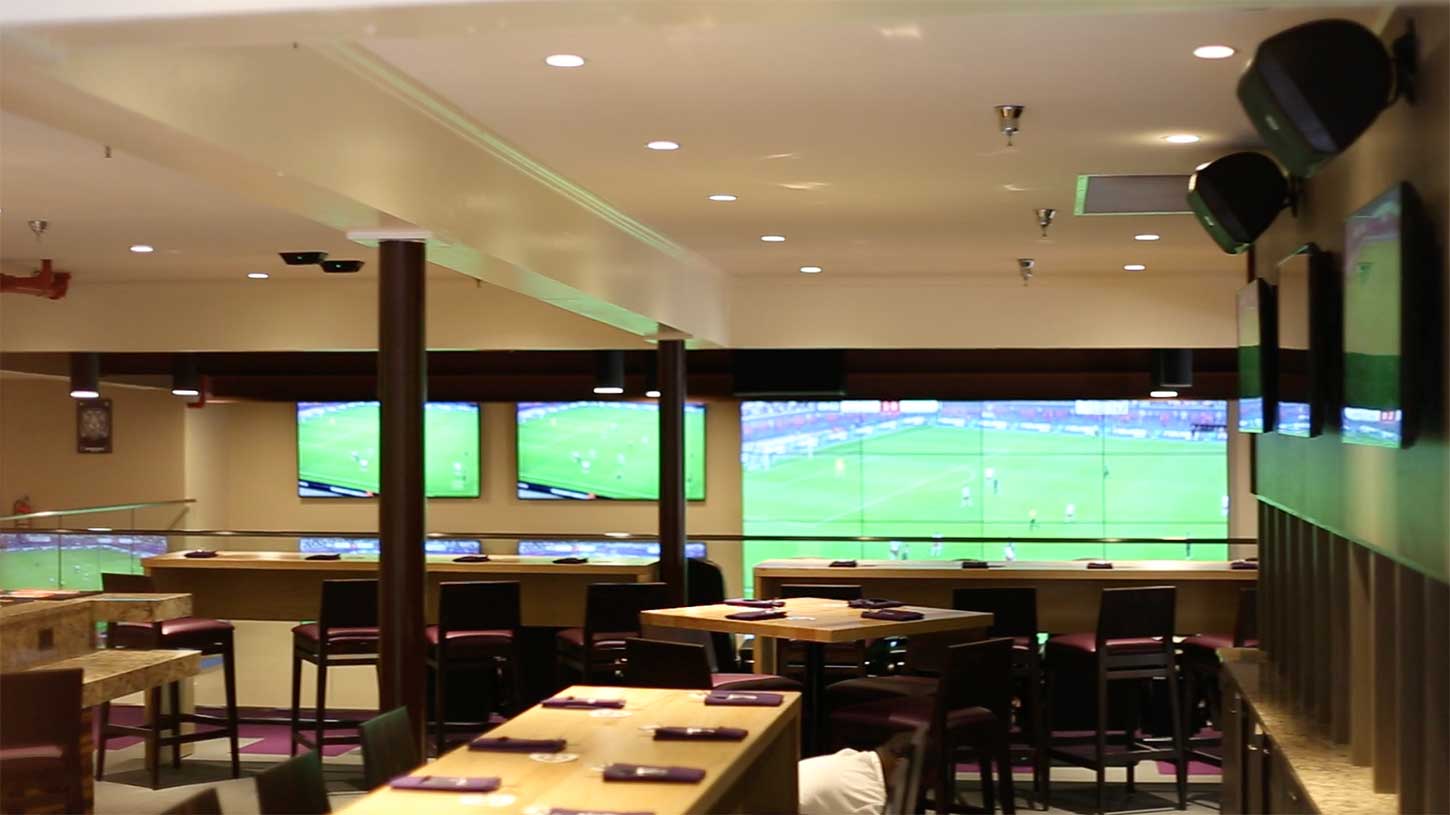Integrating Traditional Platforms with Advanced Sound Connectivity Solutions to achieve Improved Efficiency as well as Flexibility.
Integrating Traditional Platforms with Advanced Sound Connectivity Solutions to achieve Improved Efficiency as well as Flexibility.
Blog Article
Within today's rapidly evolving landscape of audio technologies, the requirement to enhance efficiency and adaptability in sound systems is increasingly crucial than ever before. Numerous entities and locations still rely on legacy technologies, which are older technologies that may not have the capabilities of modern equipment. However, integrating these outdated technologies with state-of-the-art sound networking technologies can lead to significant enhancements. Sound communication enables for improved interconnectivity between devices, making it easier to control and manage sound across different spaces.
A of the primary benefits of integrating legacy systems with contemporary sound communication is enhanced adaptability. Conventional sound technologies often involve complicated wiring and limited routing options. With audio networking technologies like Dante or AVB, sound transmissions can be sent over conventional Ethernet cables. This means that users can easily connect various devices without the need for extensive reconfiguration. Whether within a concert venue, a school auditorium, or a corporate function, this flexibility allows for quick modifications and changes to the audio configuration without major downtime.
Performance is another major factor that improves when older systems are upgraded with current networking technologies. Legacy systems may have difficulty to provide superior sound, especially in bigger venues or in challenging occasions. By adopting sound communication, entities can take advantage of sophisticated features such as low delay, synchronization, and electronic data processing. These improvements help guarantee that audio is clear and uniform, enhancing the complete quality for audiences and artists alike. This shift can make a noticeable difference in how sound is perceived in different settings.
Moreover, integrating outdated systems with modern technologies can lead to financial savings in the extended run. While modernizing to novel equipment may necessitate an initial cost, the effectiveness gained through audio networking can lower maintenance costs and decrease the requirement for continuous repairs. Furthermore, networked technologies often need less tangible room than traditional installations, which can reduce on real estate costs in locations. Organizations can allocate funds better efficiently, utilizing the savings they save to invest in additional critical areas.
Lastly, educating staff on how to use integrated technologies becomes easier with audio networking. Many contemporary sound networking systems come with intuitive interfaces and remote control features. This indicates additional info that even those who may not extensive technological knowledge can be trained to operate and control the sound systems efficiently. Educational programs can be developed around these solutions, empowering personnel to manage and troubleshoot systems with confidence. By blending the legacy with the modern, organizations can create a more capable and knowledgeable team, in the end leading to improved audio outcomes for everyone involved.